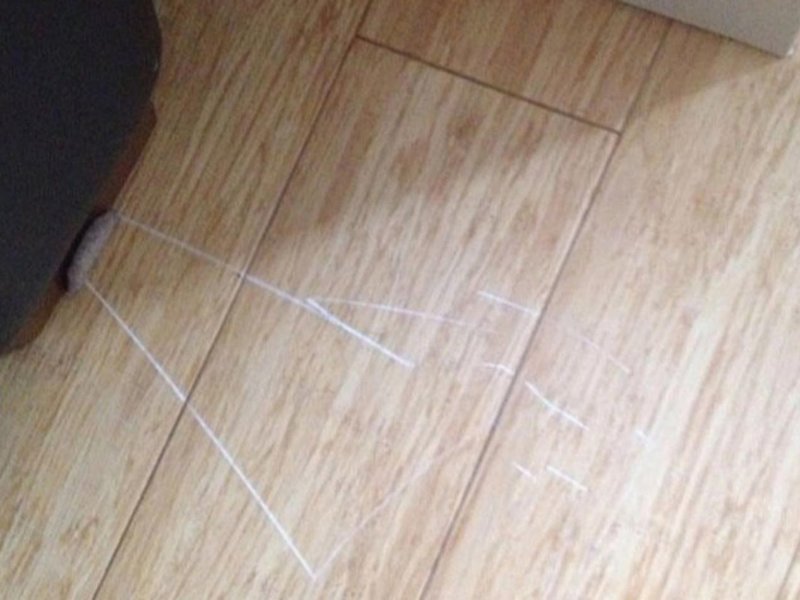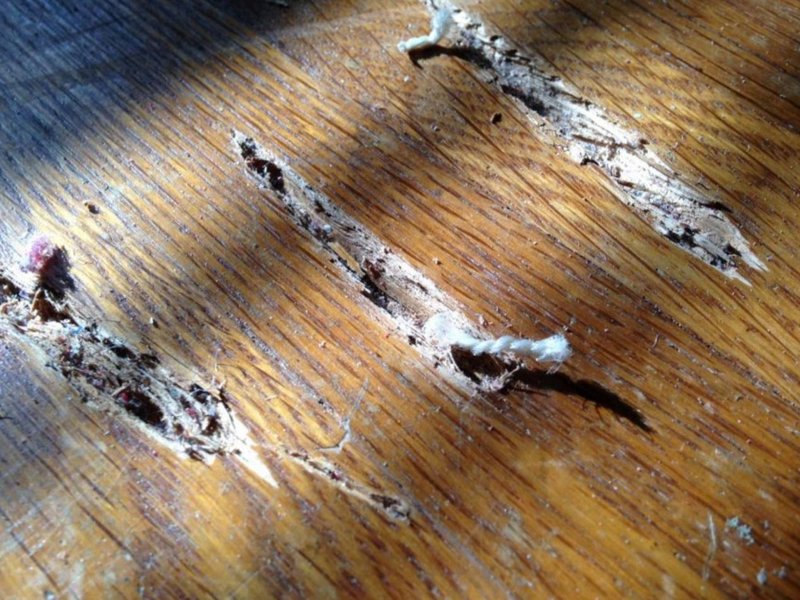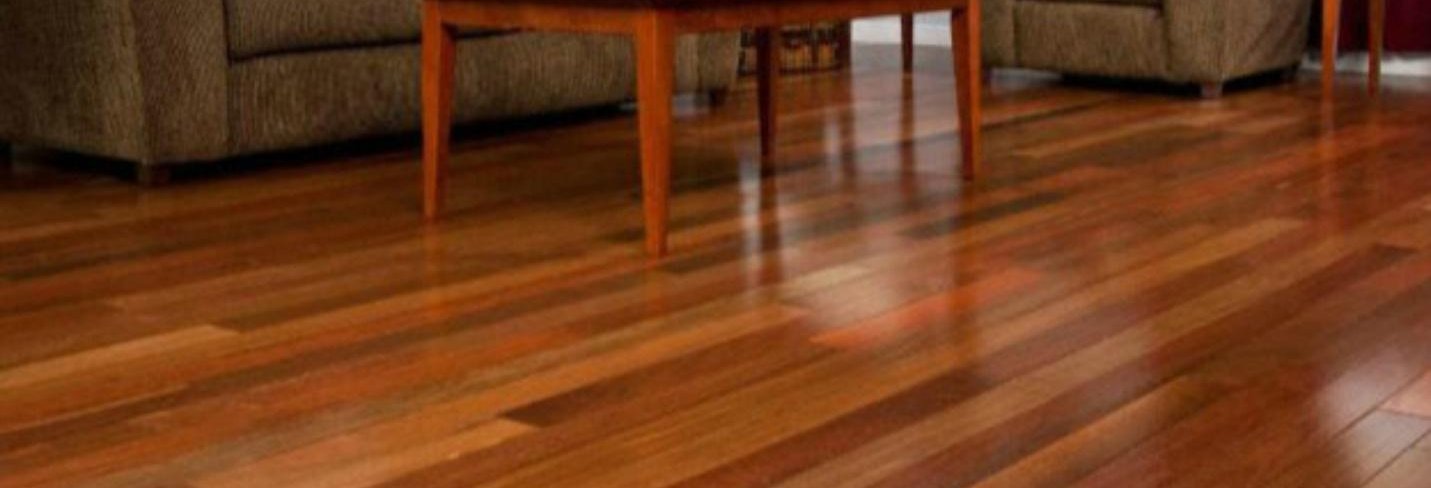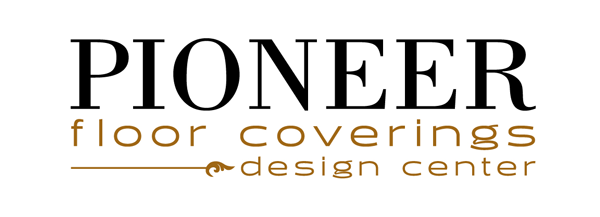Investing in hardwood flooring is a fantastic way to breathe new life into your house. With the endless variety of wood styles and finishes available today, you can easily transform your home into a sophisticated living space.
As durable as hardwood may be, this flooring material can be prone to nicks and scratches. This can be quite aggravating for the homeowner, as nothing is worse than watching your flooring suffer wear and tear. The caveat to this, however, is that you can easily repair even the most major scratch on hardwood floors.
In this article, we’ll give you all the information you need to fix your flooring imperfections.
What Causes Hardwood Floor Scratches?
Like any porous material, hardwood can be subjected to a variety of abrasions that damage the exterior. In most situations, minor scratches won’t affect the integrity of your hardwood flooring and are merely cosmetic. While these can be an eyesore, you won’t have to worry about compounding damage.
Deep scratches that enter the base of the hardwood are slightly more concerning. Your floorboards are protected by a manufacturer’s finish, and if this is compromised can allow for water intrusion. Water will wreak havoc on your flooring, so it’s best to address these types of scratches immediately.
Identifying the cause of your hardwood scratches is easy, as there are a few common culprits.
Abrasive Cleaning Instruments
Many homeowners take an aggressive approach to cleaning, and while this may make things more sanitary, it can do harm to your flooring. Hardwood is quite sensitive and can be easily scratched by a variety of typical cleaning supplies. In general, avoid cleaning your hardwood flooring with:
- Brillo or Scrubbing Pads
- Hard Bristle Brooms
- High-Powered Vacuum Attachments
- Harsh Chemicals
Instead of these products, choose a gentle microfiber mop or a vacuum with a hardwood attachment. Your floors will thank you.
Moving Furniture

Furniture is the primary cause of large scratches. Pieces like tables and couches have a significant amount of weight behind them and sliding them across the floor is guaranteed to cause damage. Even stationary furniture can cause scratches, as they often shift slightly with use.
Rolling office chairs and dining room chairs are particularly damaging to your floors. The constant movement and adjustments can result in a variety of scratches, both big and small.
Pets
Your pets may hold a special place in your heart, but there’s no denying that they can scratch your flooring. Constant friction between claws and the hardwood will eventually lead to blemishes, but in most cases, it’s extremely minor.
Preventing this sort of damage is difficult, but by keeping your pet’s paws groomed, you can reduce the issue. Purchasing pet beds is also an excellent way to help prevent claw scratches.
Footwear
It may seem irrelevant, but certain types of footwear can certainly have an impact on the quality of your floors. High heels can particularly be damaging, as the sharp edges can gouge the hardwood.
Other footwear can have an impact too, as wearing shoes in the house will drag in dirt and rocks from the outdoors, which could contribute to scratching. To stop this cause of floor scratching, simply leave your shoes at the door.
Tips to Avoid Scratches on Hardwood Floors
The best scratch repair is prevention. While avoiding the occasional scratch may feel like a losing battle, there are a variety of actions you can take to reduce the frequency of damage. Most of these options are extremely affordable and will go miles towards safeguarding the investment you made in your hardwood.
Clean Regularly
Cleaning is an innate responsibility of owning hardwood floors. Keeping up on a routine cleaning schedule not only keeps your floors looking brand new, but it’ll prevent damaging scratches from occurring in the first place. By removing the build-up of small stones and dirt, you’ll eliminate the cause of scratching in the first place.
It may seem counter-intuitive but cleaning the outside foot areas of your home is also beneficial, as it’ll stop abrasive materials from entering the home in the first place.
Use Furniture Pads and Area Rugs
One of the cheapest, easiest things you can do to prevent furniture scratching is buying furniture pads. These stick-on felt pads go onto the legs of your couches, tables, and chairs and smoothly glide over the hardware, preventing any nicks.
For high-traffic areas you can also purchase area rugs, drastically reducing the amount of wear and tear experienced there.
Keep a Good Moisture Level
Most hardwood flooring experts recommend you keep an internal humidity in your home of 35%-55%. This keeps your hardwood in good condition. If it’s too dry or moist, it can easily contract and expand, compromising the integrity of the floorboards and making them more susceptible to scratches.
Minor Damage: Repairing Scratches in Hardwood Floors
No matter how well cared for your flooring is, you’ll eventually experience some light scratches. As stated earlier, these scratches are only cosmetic, but they’re worth correcting if you value your home’s interior appearance.
With these types of repairs, it’s easy to do it yourself, and normally cost-effective as well.
Apply a Matching Wood Stain
If your scratch is extremely minimal and hasn’t affected the base of your hardwood, applying wood stain is a simple home repair that’s invisible to the untrained eye. Most hardware and home improvement stores sell small, sample sizes of stains that are perfect for cosmetic fixes.
If you’re in doubt about what stain to get, consider bringing a spare piece of flooring to the store so that you can get an identical match to the wood grain.
Wax Your Hardwood
Occasionally, surface scratches can be removed with just a little bit of elbow grease. A high-quality hardwood wax is excellent at shining up areas of your floor that have suffered normal wear and tear. Simply apply this wax to a cloth and rub it vigorously on the floor.
Another clever hack is to rub raw walnut onto the affected area. Walnuts contain lots of natural dyes that work exceptionally well at hiding blemishes.
Significant Gouges: How to Repair Scratches on Hardwood Floors in 3 Steps
If your hardwood has suffered more severe scratches, you’ll be relieved to learn that these too can be easily fixed. As long as the gouge doesn’t descend into the core of the wood, or into the subfloor, you’re safe to conduct a lasting repair. For large scratches, follow these three simple steps.
1. Clean the Affected Area
Before taking on a scratch repair, thoroughly clean the area with a cleaning product intended for hardwood floors. Be sure to remove any excess flooring that may be splintering due to the scratch. Your goal is to create a completely smooth, jagged-free surface that you can patch.

2. Use Wood Filler
With a putty knife, apply wet wood filler into the gouge, being sure to completely fill it. It’s completely fine if there’s a little extra spilling out. Allow this to dry and fully cure (normally around an hour). Once the filler has been set, sand it down so that it sits evenly with the rest of the flooring plank.
Source: The Spruce
3. Apply Wood Stain
Once the wood filler is sanded and sits flush against the flooring, brush on the appropriately matching wood stain. Your flooring is now good as new, and you’ll hardly know there was ever a scratch.
Refinishing Your Floors
Refinishing your hardwood is a process that’s normally done every 7-10 years, but if your scratch damage is particularly bad you may consider doing it sooner. Refinishing and resurfacing involves taking off the top layer of your hardwood and resealing it with a finisher. If you have multiple deep gouges, this may be a good repair option for you.
Keep in mind that this type of floor can only be refinished 4-6 times, so use this repair sparingly.
Source: Bona

Contact for all Your Hardwood Needs
Your hardwood flooring is a beautiful part of your home, and taking care of its appearance is crucial. If your flooring has suffered its fair share of scratches, repairing it is a straightforward process that many homeowners can do on their own.
Whether you’d like to repair your floor yourself or would prefer a professional to take on the job, is your preferred hardwood installer. Browse our comprehensive flooring collection and get started today.

